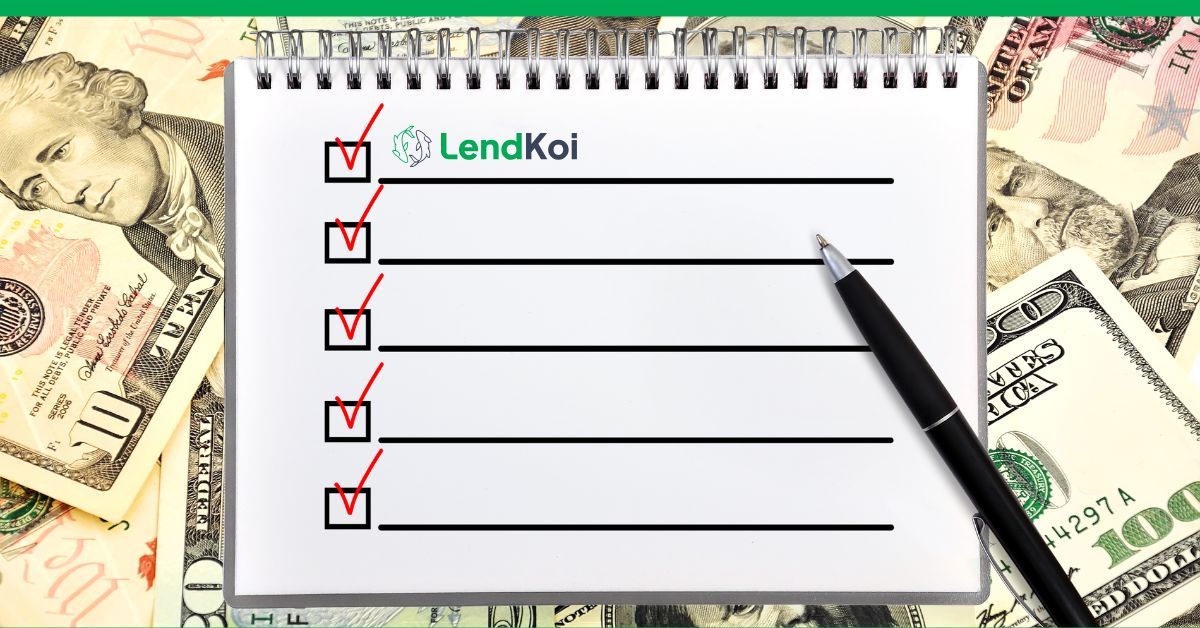
Applying for a personal loan in the U.S. can be confusing—even more so if you’re not a U.S. citizen. Different lenders have different eligibility rules, required documents, and risk assessments, especially when it comes to visas, income types, and credit history.
Whether you’re on a temporary visa, a permanent resident, or somewhere in between, this checklist will help you understand what to prepare, what to expect, and how to increase your chances of approval.
This guide focuses on personal loans, not business or student loans, and is intended for newcomers, expats, immigrants, and anyone building their financial life in the U.S.
1. Know Your Visa Type (And How Long You Plan to Stay)
Before anything else, lenders want to know if you’re legally in the country and how long you plan to be here. Visa status is often the first eligibility filter for non-citizens.
Most personal loan providers in the U.S. are open to borrowers with:
- L-1, H1-B, O-1, E-1, E-2, E-3, TN, G-1, H-4 Visas; or
- Green cards (permanent residents)
Short-term visas, visitor visas, and tourist statuses are generally not eligible.
Some lenders also require a minimum time remaining on your visa (e.g., 6+ months or the term of the loan).
2. Check If a U.S. Credit History Is Required
Many non-citizens are excluded from borrowing because they lack a U.S. credit score. Fortunately, some lenders like LendKoi now offer options for credit-invisible borrowers by using alternative data like income, bank activity, or international financial history.
Still, check each lender’s policy:
- Some require an existing FICO score
- Others allow you to apply without any U.S. credit history
- A few use soft credit checks to pre-qualify without affecting your score
If you’re still building credit, look for lenders that understand your background—not just your U.S. credit file.
3. Gather Your Documents
Even lenders that don’t require a credit score will still verify your identity and ability to repay. One of the best steps for success with a bank or credit institution is to appear prepared and ready with all your documents organized and accessible.
Expect to provide some combination of the following:
- Proof of identity: Passport, visa, or other government-issued ID
- Proof of immigration status: Visa document, I-94, work authorization, or green card
- Proof of income: Pay stubs, 1099s, offer letters, or foreign income documentation
- Bank statements: U.S. or international accounts
- Social Security Number (SSN) or Individual Taxpayer Identification Number (ITIN)
Some platforms allow you to apply without an SSN or ITIN, though that’s still rare. Having either one usually makes the process smoother.
4. Understand How Much You Can Borrow
Loan amounts typically range from $500 to $10,000 for applicants without an extensive U.S. credit history. What you qualify for will depend on your:
- Verified income
- Current debts
- Employment situation
- Length of stay in the U.S.
Many lenders also have minimum and maximum loan terms (usually 6 to 24 months). Make sure the monthly repayment fits comfortably in your budget, especially if your visa status might change or you’re planning to move again.
5. Compare APRs, Not Just Interest Rates
When comparing personal loans, look at the Annual Percentage Rate (APR) rather than just the interest rate. APR includes fees like origination or service charges, giving you a more accurate picture of what the loan actually costs.
Even a loan with a slightly higher interest rate might be cheaper overall if it has fewer fees.
Also look out for:
- Prepayment penalties
- Late payment fees
- Whether the lender reports to credit bureaus (important for building U.S. credit)
6. Choose a Lender That Understands Your Situation
Not all lenders are created equal—especially when it comes to working with non-citizens. Many will say that they do provide loans to non-citizens and then ask questions that are only possible for citizens!
Some focus exclusively on immigrant and expat borrowers and will:
- Accept foreign documents
- Evaluate international income or bank accounts
- Communicate clearly about visa requirements
- Offer flexible eligibility pathways, even without an SSN or U.S. credit history
If the process feels confusing, that’s a sign the lender might not be the right fit. Look for transparency, fair terms, and a straightforward application.
You should be able to understand all steps in the process and at no point should you just have to "trust" the lender. They should be able to provide insight and clarity at every step.
If you’re a non-U.S. citizen applying for a personal loan, preparation makes a big difference. Having the right documents, choosing the right lender, and understanding the system all help reduce friction—and increase your chances of approval.
Get started with LendKoi today
See what loan options are available with no impact on your credit score
Your application is secure. Checking your rate won't impact your credit score.

